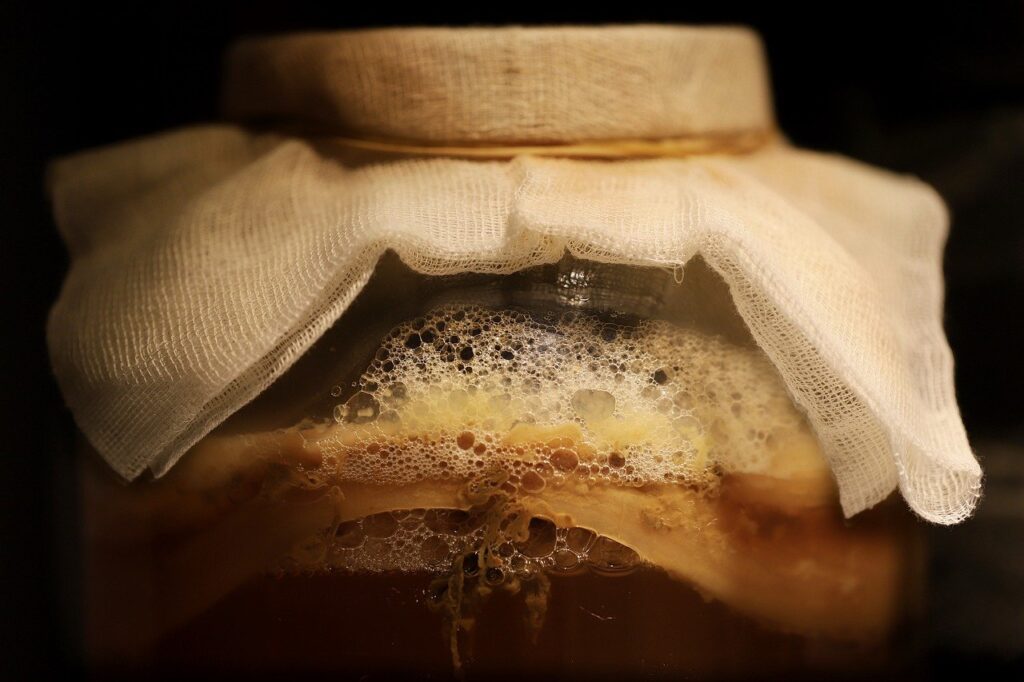For decades, women have been warned about the fertility cliff that supposedly arrives at age 35. This narrative has created anxiety, rushed family planning decisions, and potentially unnecessary fertility treatments. Recent research, however, suggests that reproductive timelines are far more nuanced than previously believed, offering new perspectives on conception possibilities for women in their late thirties and beyond.
The Origins of the Age 35 Myth
The widely cited statistic that fertility dramatically declines after 35 stems largely from French birth records collected between 1670 and 1830—a time before modern medicine, nutrition, and lifestyle factors. More recent data from the past two decades tells a significantly different story about age-related fertility patterns.
Researchers at the Boston University School of Medicine conducted a prospective study of women attempting natural conception and found that 78% of women aged 35-40 conceived within a year, compared to 84% of women aged 20-34. This modest difference contradicts the dramatic fertility decline often depicted in conventional guidance.
Individual Ovarian Reserve: The Better Predictor
Chronological age provides only limited information about a woman’s reproductive potential. Modern fertility specialists now focus more on individual ovarian reserve—the quantity and quality of remaining eggs—which varies significantly among women of the same age.
According to reproductive endocrinologists at the Center for Human Reproduction, clinicians regularly observe women in their early forties with better ovarian reserve than some women in their early thirties. Medical experts emphasize that age alone provides limited information about an individual’s fertility potential.
Diagnostic tests measuring antimüllerian hormone (AMH) levels and antral follicle counts provide more personalized fertility predictions than birth date alone, allowing for more accurate family planning decisions based on individual reproductive biology rather than population statistics.
The Inflammation Factor in Age-Related Fertility
Emerging research suggests that chronic inflammation, rather than age itself, may drive many aspects of reproductive decline. Studies conducted at Stanford University demonstrate that inflammatory markers correlate more strongly with diminished egg quality than chronological age.
This finding explains why some women maintain robust fertility into their early forties while others experience reproductive challenges earlier. Lifestyle factors that reduce systemic inflammation—including anti-inflammatory diets, regular sleep patterns, stress management, and environmental toxin reduction—appear to preserve fertility more effectively than previously recognized.
Pregnancy Outcomes: Separating Age From Comorbidities
Concerns about pregnancy complications have fueled much of the anxiety surrounding later pregnancies. However, research published in the American Journal of Obstetrics and Gynecology found that when controlling for pre-existing health conditions, many age-associated pregnancy risks diminish significantly.
Maternal-fetal medicine specialists point out that a woman’s overall health status often matters more than her age when it comes to pregnancy outcomes. Clinical observations suggest that healthy women in their late thirties often experience better pregnancy outcomes than younger women with unmanaged health conditions.
This understanding has shifted prenatal care toward comprehensive health optimization rather than age-based risk assessments, benefiting expectant mothers across all age categories.
The Male Factor in the Equation
While discussions of fertility timelines typically focus on women, research increasingly demonstrates that paternal age significantly impacts conception rates and pregnancy outcomes. Studies from Harvard Medical School reveal that male fertility begins declining around age 35, with DNA fragmentation in sperm increasing approximately 2% per year thereafter.
This male factor accounts for a substantial portion of age-related fertility challenges in couples—yet often goes unaddressed in fertility guidance. Couples with male partners over 40 may benefit from specific sperm quality assessments and interventions, regardless of the female partner’s age.
Recalibrating Fertility Expectations
For women navigating family planning decisions, this evolving science offers both reassurance and practical guidance. Rather than arbitrary age milestones, fertility specialists now recommend individualized assessments beginning in the early thirties to establish baseline reproductive health markers.
This personalized approach allows for informed decision-making based on individual biology rather than population statistics, potentially alleviating the pressure to make family planning choices based on potentially inaccurate fertility timelines. For many women, this new understanding provides additional reproductive options and reduces unnecessary intervention while encouraging proactive health optimization regardless of age.








